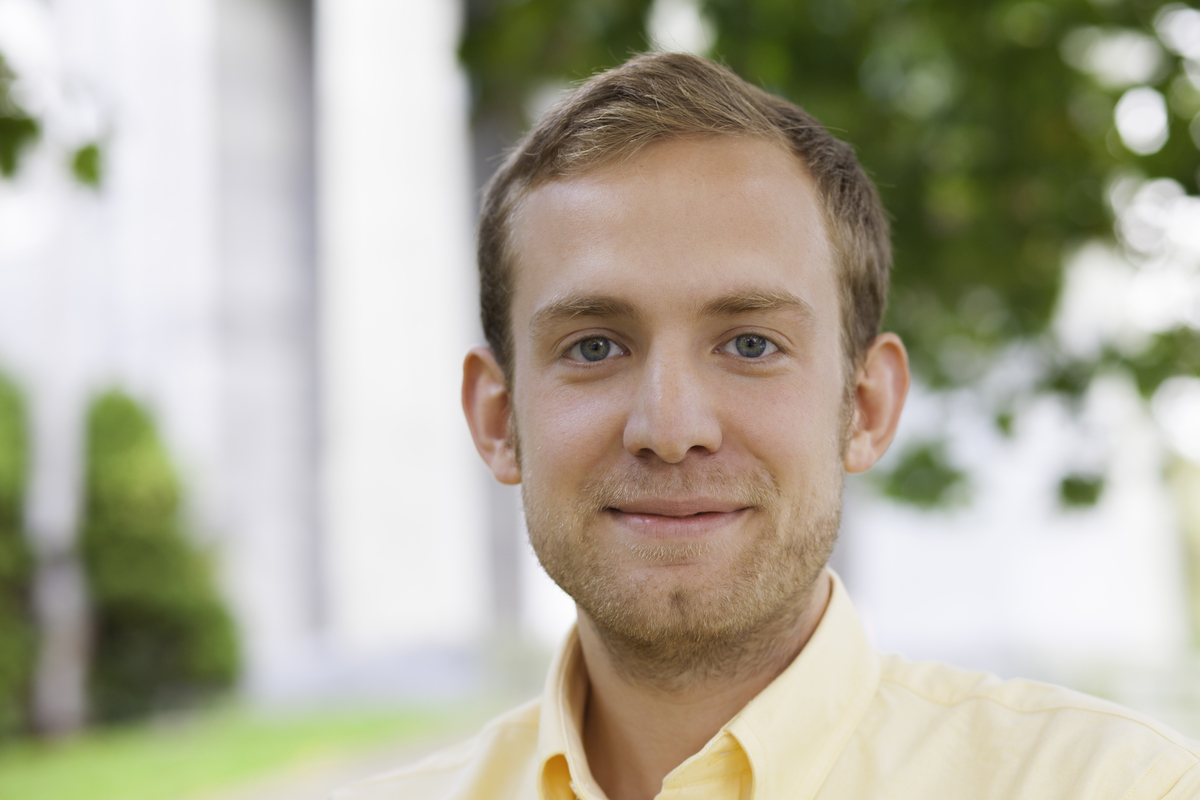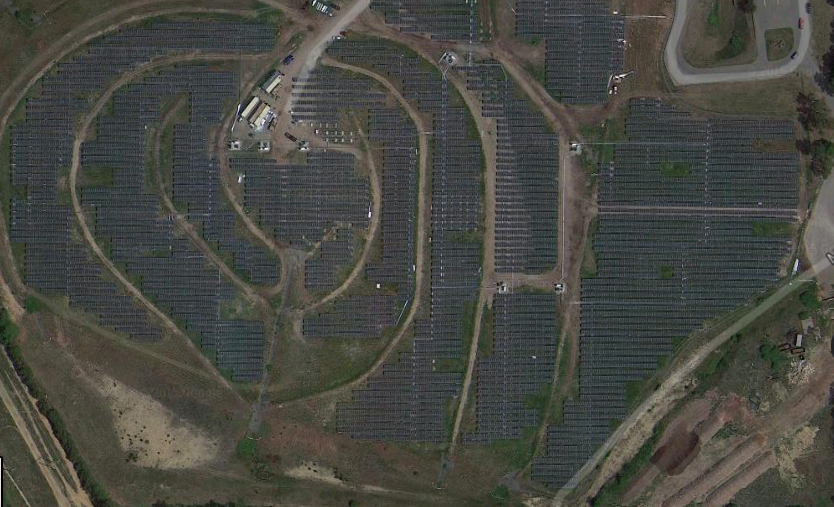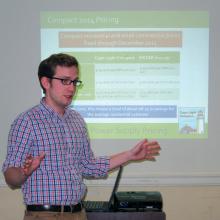 Yes, the title of this post is a weak attempt at a renewables vs. efficiency pun. As is true every year, BuildingEnergy 15 has content that should have any renewable energy professional salivating, covering solar policy, community-based energy production, grid modernization and more. But, feeble wordplay aside, the mix of fascinating people and great content representing both efficiency and renewables is what has always drawn me to NESEA and BE15. So, what does this year have in store?
Yes, the title of this post is a weak attempt at a renewables vs. efficiency pun. As is true every year, BuildingEnergy 15 has content that should have any renewable energy professional salivating, covering solar policy, community-based energy production, grid modernization and more. But, feeble wordplay aside, the mix of fascinating people and great content representing both efficiency and renewables is what has always drawn me to NESEA and BE15. So, what does this year have in store?
 Generally, this year’s conference does a great job of both looking towards the future while also exploring the evolving role of technologies that are maturing today. The conference gets an incredibly strong start with an all-star opening plenary including Karl Rabago, Mary Powell, and Ron Binz. For those not familiar with these names, NESEA stalwart, Fred Unger, wrote a great blog post highlighting why all BE15 attendees should be getting excited for this panel that will set the tone for the conference. The three will discuss the electric grid of the future and what it will mean for how we produce, distribute, and use energy.
Generally, this year’s conference does a great job of both looking towards the future while also exploring the evolving role of technologies that are maturing today. The conference gets an incredibly strong start with an all-star opening plenary including Karl Rabago, Mary Powell, and Ron Binz. For those not familiar with these names, NESEA stalwart, Fred Unger, wrote a great blog post highlighting why all BE15 attendees should be getting excited for this panel that will set the tone for the conference. The three will discuss the electric grid of the future and what it will mean for how we produce, distribute, and use energy.
 NESEA will get back to its roots as a solar-focused organization (see Alex Wilson’s piece on NESEA’s evolution) with “Sustainable Solar Policy.” Dramatic decreases in cost and aggressive New England policies have resulted in a dizzying increase in the level of solar penetration. But this impressive rollout is forcing the solar industry to take a critical look at what kinds of policies will be feasible, politically, economically, and physically, as solar moves closer to the mainstream. The panel includes a wealth of experience from people answering these very questions, namely Janet Gail Besser, Nathan Phelps, and Karl Rabago.
NESEA will get back to its roots as a solar-focused organization (see Alex Wilson’s piece on NESEA’s evolution) with “Sustainable Solar Policy.” Dramatic decreases in cost and aggressive New England policies have resulted in a dizzying increase in the level of solar penetration. But this impressive rollout is forcing the solar industry to take a critical look at what kinds of policies will be feasible, politically, economically, and physically, as solar moves closer to the mainstream. The panel includes a wealth of experience from people answering these very questions, namely Janet Gail Besser, Nathan Phelps, and Karl Rabago.
The triple-bottom line will be front and center during “Renewable Energy Powering Local Self-Reliance.” This session will look at case studies from at home and abroad showing how renewable energy can be not only a force for sustainable energy, but also for helping to produce economically vibrant communities.
Microgrids offer another opportunity to explore the nexus between efficiency, renewables, and resiliency. They will be the topic for another session I’m excited to attend – “Islands of Power – Microgrids Enabling Technology for Energy Resiliency.” As a tool both for climate change mitigation and adaptation, I’m sure we’ll see microgrids being featured increasingly at BE over the coming years. As is standard for NESEA, the session will heavily feature best-practices from professionals with real-wordl experience implementing the technology.
Overall, I think you’ll agree it’s a strong lineup for anyone in the energy field. These sessions and the conversations that will follow are sure to let people explore an ambitious energy future, while still exploring how we actually get there. It’s this mix of thinking big and thinking practically that has kept me coming back to BE every year since I first attended as one of Kurt Teichert’s students. Kurt once labelled another student and me as representing style and substance (I won’t say which I was). BE15 has them both!
I’m excited to see you there.
Learn more about BuildingEnergy 15: http://nesea.org/be15
Our Mission
NESEA advances sustainability practices in the built environment by cultivating a cross-disciplinary community where practitioners are encouraged to share, collaborate and learn.






Add comment